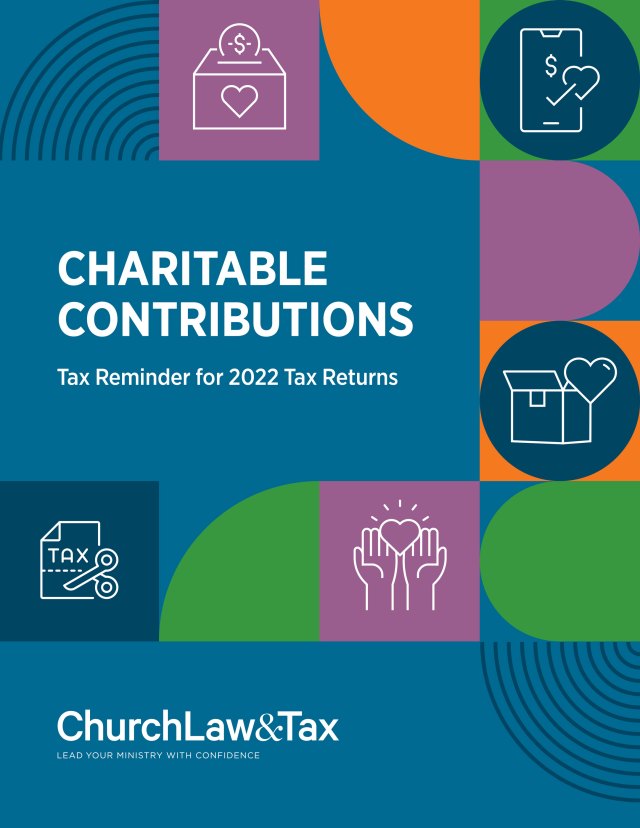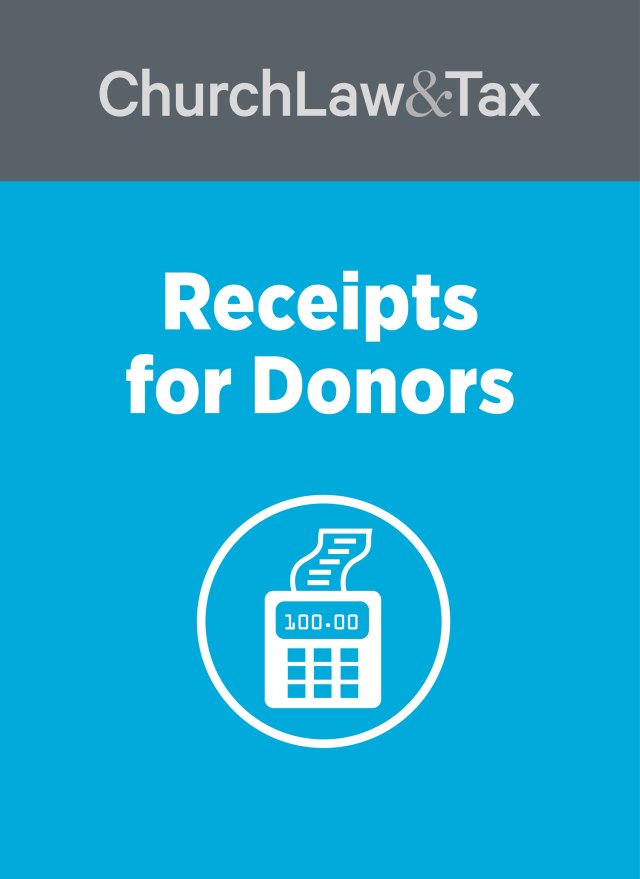Key point 9-09. Bankruptcy trustees are prohibited by the federal Religious Liberty and Charitable Donation Protection Act from recovering contributions made by bankrupt debtors to a church or other charity prior to declaring bankruptcy, unless the contributions were made with an intent to defraud creditors. This protection extends to any contribution amounting to less than 15 percent of a debtor’s gross annual income, or more if the debtor can establish a regular pattern of giving more. In addition, the Act bars bankruptcy courts from rejecting a bankruptcy plan because it allows the debtor to continue making contributions to a church or charity. Again, this protection applies to debtors whose bankruptcy plan calls for making charitable contributions of less than 15 percent of their gross annual income, or more if they can prove a pattern of giving more.
A federal court in California ruled that a bankruptcy trustee could not recover charitable contributions made by a church member to his church in the year preceding his filing of a bankruptcy petition, since the amount of his contributions were less than 15 percent of his gross annual income. A physician filed a Chapter 7 bankruptcy petition that listed $90,000 in assets and nearly $600,000 in debts. Shortly after the bankruptcy petition was filed, the bankruptcy trustee brought an adversary proceeding against the physician’s church, seeking to recover $18,000 in charitable contributions he made to the church during the previous year.
The court noted that the Religious Liberty and Charitable Donation Protection Act of 1998 (“RLCDPA”) amended the Bankruptcy Code to protect certain contributions to qualified religious or charitable organizations by debtors. The RLCDPA prevents bankruptcy trustees from recovering a charitable contribution to a qualified religious or charitable organization if (1) the amount of the contribution was not more than 15 percent of the debtor’s gross annual income; or (2) the amount of the contribution exceeded 15 percent of the debtor’s annual income but was consistent with the debtor’s practices of making charitable contributions.
The trustee claimed that the physician’s contributions for the prior year exceeding the 15 percent limitation. He further argued that donations for the two years before that consisted of 12 percent of his income for each year, so the donations in the most recent year were not consistent with his practice of contributing 12 percent. The church argued that the amount of the physician’s contributions fell below 15 percent of his gross annual income, and, even if they exceeded 15 percent of his income they were consistent with practice of making charitable contributions.
The court rejected the trustee’s claim that “gross annual income” meant annual income less expenses, or “disposable income.” It concluded:
This court’s refusal to apply the definition of disposable income is buttressed by the fact that this term was in existence before the enactment of the RLCDPA in 1998. When Congress [enacted] the RLCDPA, it was aware of the term “disposable income” and chose not to use this term. Instead “gross annual income” was used. In addition, Congress also amended [the Bankruptcy Code] to deduct from disposable income “charitable contributions that do not exceed 15 percent of the debtor’s gross income.” Congress could have easily used the term “disposable income”; however, it chose to use “gross income” in both [contexts]. As a result, because “disposable income” was defined as income less reasonably necessary expenses to live and continue to operate a business, “gross annual income” must mean something different. If Congress wanted to have business gross income reflect deductions for operation of a business, it would have used the term “disposable income” … when the RLCDPA was passed. It decided not to do so ….
The court added that the policy behind the RLCDPA supported its definition of gross annual income: “The legislative history of the RLCDPA states that the act ‘protects religious and charitable organizations from having to turn over to bankruptcy trustees donations these organizations received from individuals who subsequently file for bankruptcy relief. In addition, the bill protects the rights of debtors to continue to make religious and charitable contributions after they file for bankruptcy relief.'” The court noted that its interpretation of “gross annual income” furthered this policy “by allowing a higher earner to give more money to charitable organizations without fear of that organization surrendering the money in an avoidance action in the event that the higher earner files for bankruptcy.”
Since the physician’s charitable contributions during the year preceding the filing of his bankruptcy petition were less than 15 percent of his gross annual income, they could not be recovered by the bankruptcy trustee.
“Tithing is not per se unnecessary and unreasonable.” [A federal bankruptcy court, in a case addressing the discharge-ability in bankruptcy of a church member’s debts who insisted on continuing to tithe to his church. In re Halverson, 401 B.R. 378 (D. Minn. 2009).]
Application. This court’s interpretation of the key term “gross annual income” is both broad and reasonable. Any court that follows this interpretation will reduce the authority of bankruptcy trustees to recover charitable contributions made by donors to their church or other charity in the year preceding the filing of a bankruptcy petition. In re Lewis 401 B.R. 431 (C.D. Cal. 2009).
This Recent Development first appeared in Church Law & Tax Report, November/December 2009.

